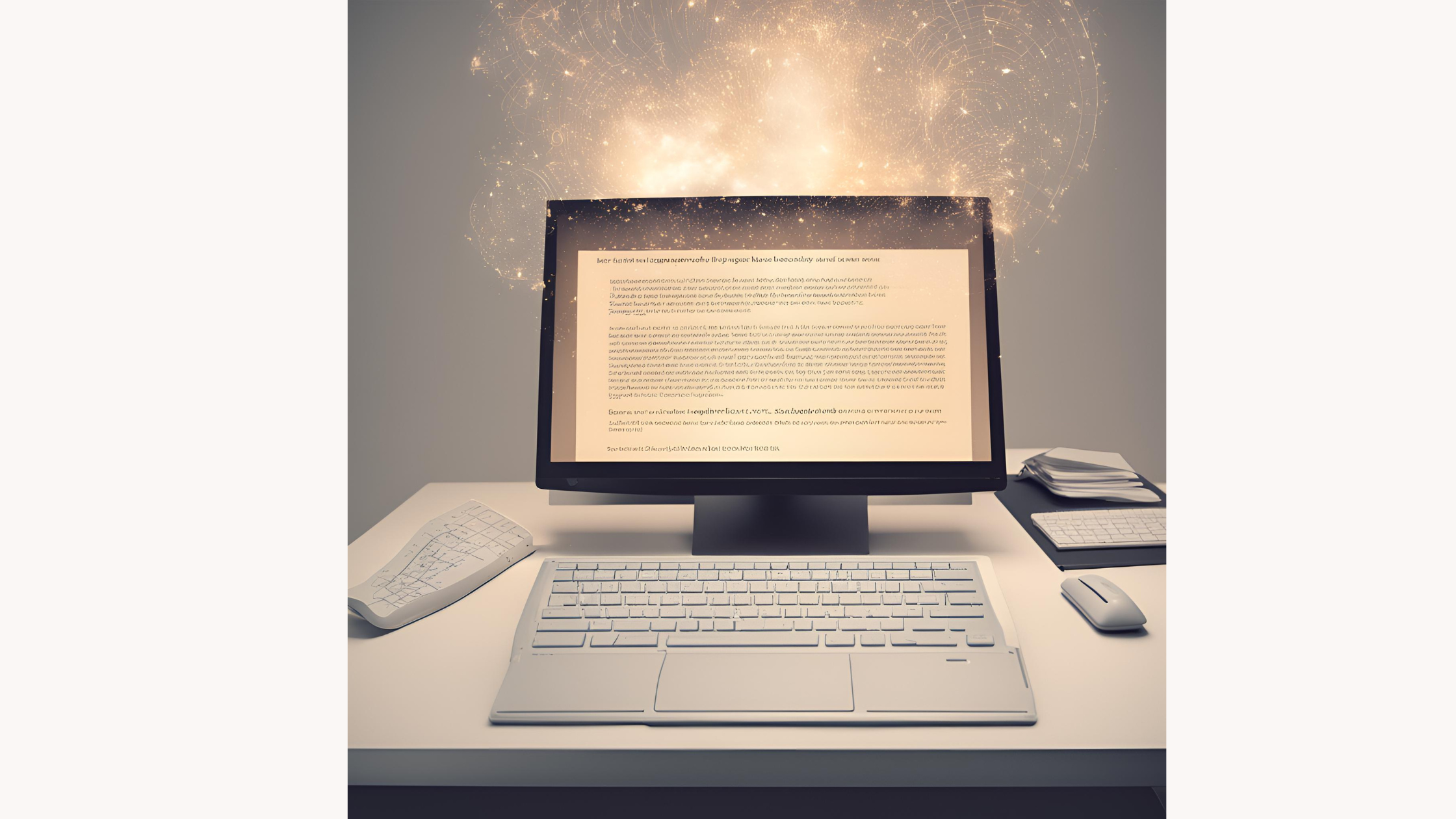Warning: None of this content was written by GenAI.

On a quick glance, scientific writing by generative artificial intelligence (GenAI) can seem to be good. But if you look closely enough, you’ll notice some eerie content that emerges. Kind of like the Uncanny Valley of scientific writing. The GenAI content is close enough to human-written content to be readable. But, something is definitely *off*, in the flow and word choice for sure.
This becomes a problem when the GenAI content is not thoroughly reviewed, revised, and fact-checked before being published. We experienced this first hand on a recent project where we were asked to write a companion white paper for a different target audience, working from a white paper that had already been developed by the client for the primary audience.
After an arduous read-through of the original white paper, the list of questions we had for the client was long:
- How is the text from the white paper supported by the 2012 reference that is cited? They don’t seem to match up.
- What is this “[15]” reference that’s shown in the text, but in a different font format from the rest of the citations?
- Why can’t you provide the source documents for the 20+ references listed in the paper?
- What is this ambiguous citation listed in the References supposed to actually point to? It’s so broad as to be useless as it stands now.
- Another reference doesn’t appear to exist. There’s nothing published in the April 2021 issue on this topic in that journal, the first author doesn’t show up on a search of that journal, and a Google search of that title doesn’t return a manuscript.
Our read-through of the original white paper also confirmed what others have shown in studies of GenAI in scientific writing:
- The writing sounded “fine” but it was not totally clear.
- Certain words were overused. Presumably to make the paper sound more important or authoritative?
- A few statements were blatantly inaccurate.
- A reference was entirely made up.
While we don’t have any proof that the original white paper was developed using GenAI, a trained medical writer wouldn’t have turned that content in to a client, even as a first draft. What can you do to protect and inform yourself for GenAI’s use in scientific and medical writing?
- Test out the AI tools to understand what they are (and aren’t) capable of.
- Ask your clients and vendors what their policies are on use of GenAI in projects.
- Check all facts and references to make sure they’re real and not AI-generated “word salad”.
- Have an expert review the content before it is finalized.